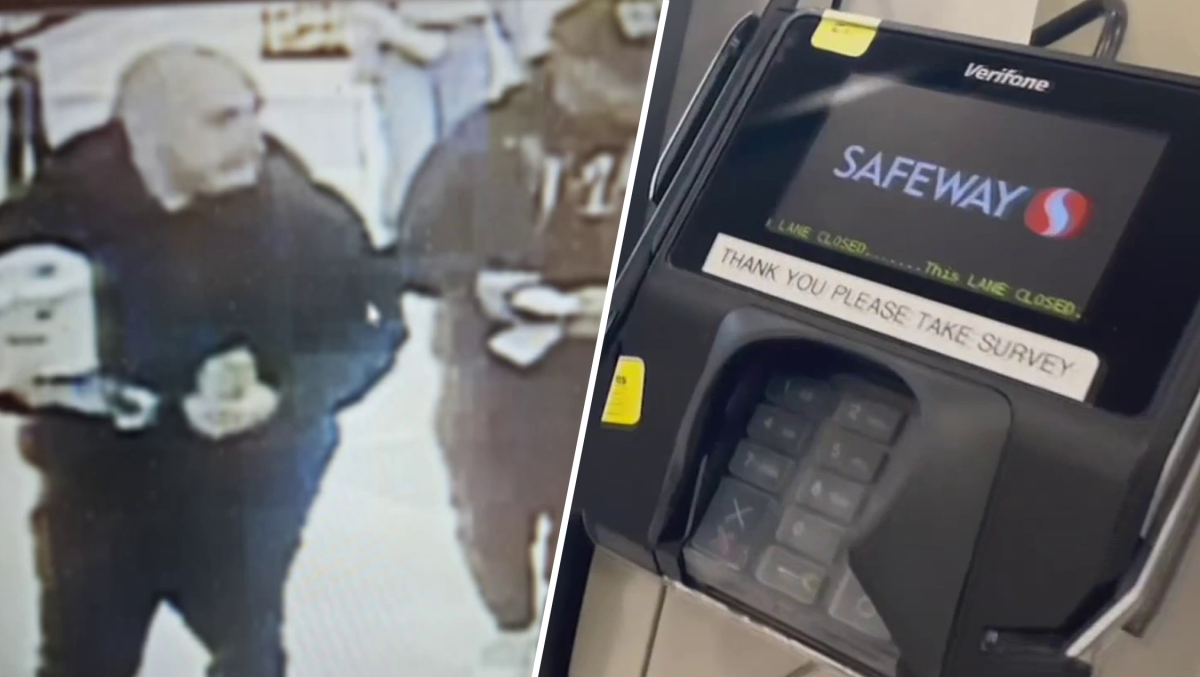(UPDATE: The "A Fire in My Belly" video is being shown at another D.C. art gallery. Click here for the latest.)
In his short story “NippleJesus,” Nick Hornby introduces an uncultured everyman hired as an art gallery guard. Dave is posted in front of a controversial new work -- a portrait of Jesus Christ made up entirely of tiny images of women’s breasts. At first he is disturbed by the picture, then puzzled by it, but in time, spending hours each day with it, he comes to admire it.
The work, of course, draws a lot of protestors, and one day, when Dave is away from his post, an angry Christian enters the gallery, grabs the portrait, and smashes it. Dave is horrified -- and is even more aghast when he learns from the artist that that was exactly the point.
Though Dave admired the image for what it was, the artist had created it in a calculated effort to shock. She thought little of the product -- it was merely intended to infuriate a certain religious group, in the hopes that it would eventually be destroyed so the artist could convey a smug message about “intolerance.”
Unpleasant images of Jesus have become a common theme in modern art -- Andres Serrano’s crucifix in a vat of urine, Chris Ofili’s elephant dung-smeared Mary -- and sometimes, the goal is the same as that of the “NippleJesus” portraitist -- to shock and agitate in order to get attention. The work itself means less than the reaction.
We cannot know what artist David Wojnarowicz had in mind when he included an image of a crucified Jesus with ants crawling on his body in his video work “A Fire in My Belly.” But we also cannot judge for ourselves whether the image was intended to simply get attention or was part of a larger theme, since the National Portrait Gallery has yielded to pressure and removed the four-minute film from “Hide/Seek: Difference and Desire in American Portraiture,” its current exhibition “on sexual difference in the making of modern American portraiture.”
Just as some work is calculated to shock, some exhibitions are as well. Museums need attention to draw visitors, and controversy makes the news. The National Portrait Gallery, which last drew a big crowd when it posted Stephen Colbert’s picture, wanted to pack ‘em in again.
Local
Washington, D.C., Maryland and Virginia local news, events and information
The images of men in chains, naked genitalia, and brothers kissing remain, but as of Tuesday, “A Fire in My Belly” is gone. Just as threats from Muslim extremists have led many Western media outlets to ban images of Muhammad, an outcry from conservative Christians resulted in the gallery’s removal of the video.
Catholic League President Bill Donohue told the New York Post that the video “was designed to insult and inflict injury and assault the sensibilities of Christians. Media Research Center President Brent Bozell said, “This exhibition is a direct assault on Christianity and the timing -- the Christmas season! -- shows how offensive it is intended to be.” House Appropriations Committee member Rep. Jack Kingston, noting that $5.8 million of the gallery’s $8 million annual budget came from tax dollars, told Fox News, “If they’ve got money to squander like this ... then I think we should look at their budget.”
Like the destruction of Hornby’s “NippleJesus,” the axe fell on “A Fire in My Belly” when incoming House Speaker John Boehner and incoming House Majority Leader Eric Cantor said “Hide/Seek” should be closed altogether. A Boehner spokesman said, “Smithsonian officials should either acknowledge the mistake and correct it, or be prepared to face tough scrutiny beginning in January.” He later said Boehner wanted the exhibit “cancelled.”
Faced with a possible loss of funding, museum director Martin Sullivan gave in. He issued a statement saying that Wojnarowicz’s intention was to display the suffering of an AIDS victim. (Wojnarowicz himself died of AIDS.) But he added, “We clearly understand that people will be offended if the conclusion that they draw is that this was anti-Christian.” Sullivan puzzlingly insisted, “The decision wasn’t caving in. We don’t want to shy away from anything that is controversial.”
If the museum had decided that the work should not be displayed on its merits, or if Congress decided to cut the budget due to fiscal concerns, the matter would be different. But Sullivan’s decision was “caving in,” and the threat to cut funding was censorship.
Follow P.J. Orvetti on Twitter at @PJOinDC



